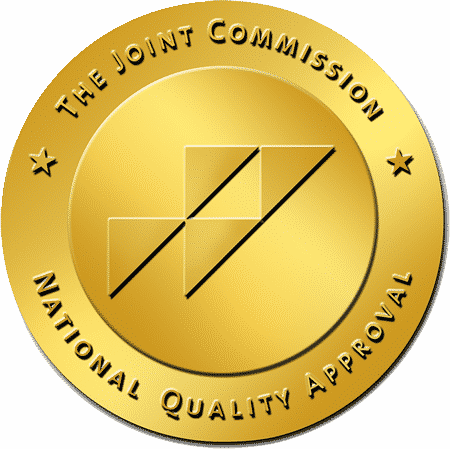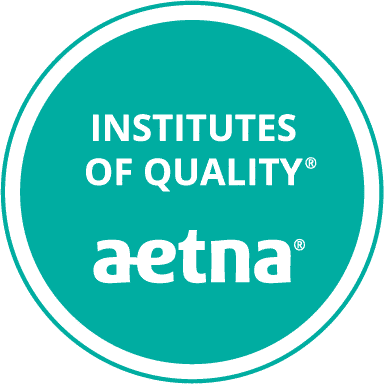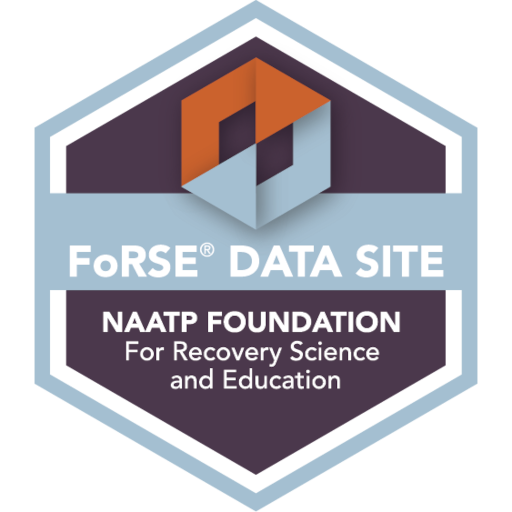In 2023, the battle against opiate addiction continues to be a pressing issue. With countless lives affected by this devastating epidemic, understanding how opioids work, symptoms, and treatment options is more crucial than ever. This comprehensive guide will delve into the world of opiates, offering valuable insights and resources to help individuals, families, and communities combat this growing crisis. The journey to recovery starts here.
Short Summary
- Understanding opiates: causes of addiction and treatment options.
- Recognizing signs of misuse/abuse & risk factors for developing opioid addiction.
- Diagnosis, medication assisted treatment (MAT), behavioral therapies, and safe pain management strategies for recovering addicts.
Understanding Opiates: What They Are and How They Work
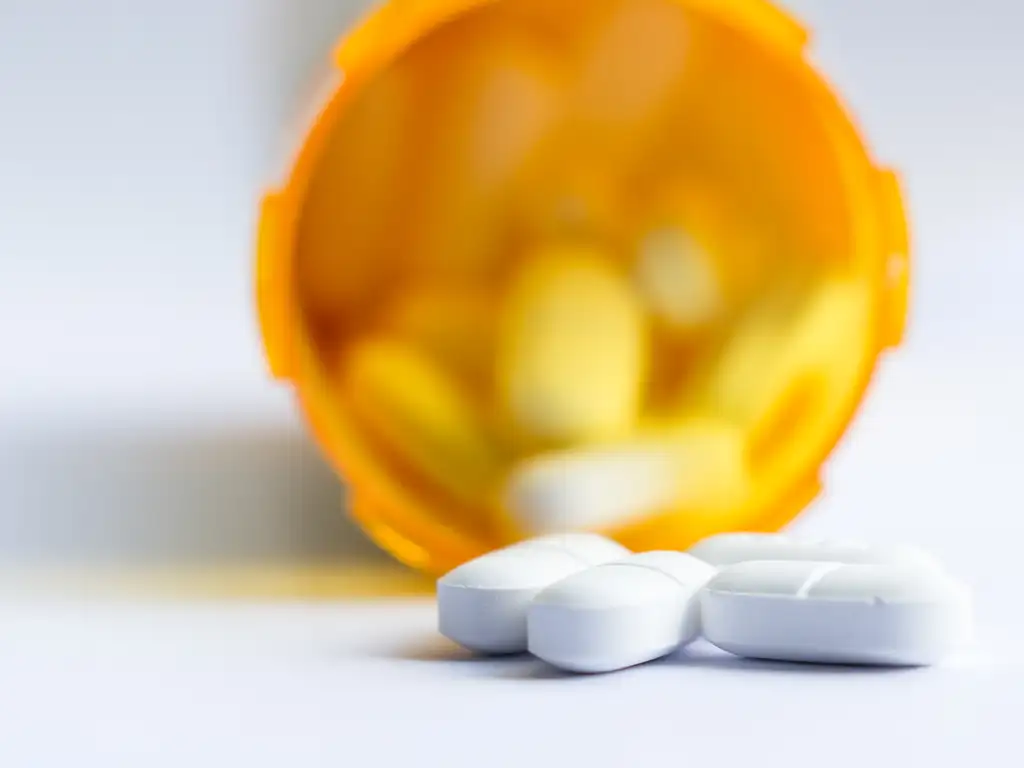
Opiates are a class of drugs designed to alleviate persistent or severe pain by interacting with opioid receptors on nerve cells in the brain, spinal cord, gut, and other parts of the body. These medications, which include OxyContin, Percocet, Dilaudid, Tylenol with iodine, and Vicodin, effectively relieve pain but also come with the risks of addiction and overdose. The use of opioids outside of medical supervision can pose a serious risk, as they can be highly addictive, and drug abuse can lead to overdoses and fatalities.
When an individual takes opioids, the drugs bind to opioid receptors and block pain signals sent from the body to the brain via the spinal cord. Opioids also stimulate the release of dopamine, a neurotransmitter responsible for feelings of pleasure and reward. This combination of pain relief and pleasurable sensations can make opioids highly addictive.
The Role of Opioid Receptors
Opioid receptors in the nervous system play a critical role in the body’s response to opioids. They mediate the analgesic effects of opioids, but their activation can also lead to negative consequences on the body and mind, such as addiction and withdrawal symptoms.
Natural vs. Synthetic Opiates
Opiates can be classified into two categories: natural and synthetic. Natural opiates, such as morphine and codeine, are derived from the opium poppy plant. Synthetic opiates are chemically created in a laboratory and include drugs like fentanyl and methadone.
Despite their differences in origin, both natural and synthetic opiates provide pain relief and have the potential for addiction and abuse.
Recognizing Opiate Misuse and Abuse
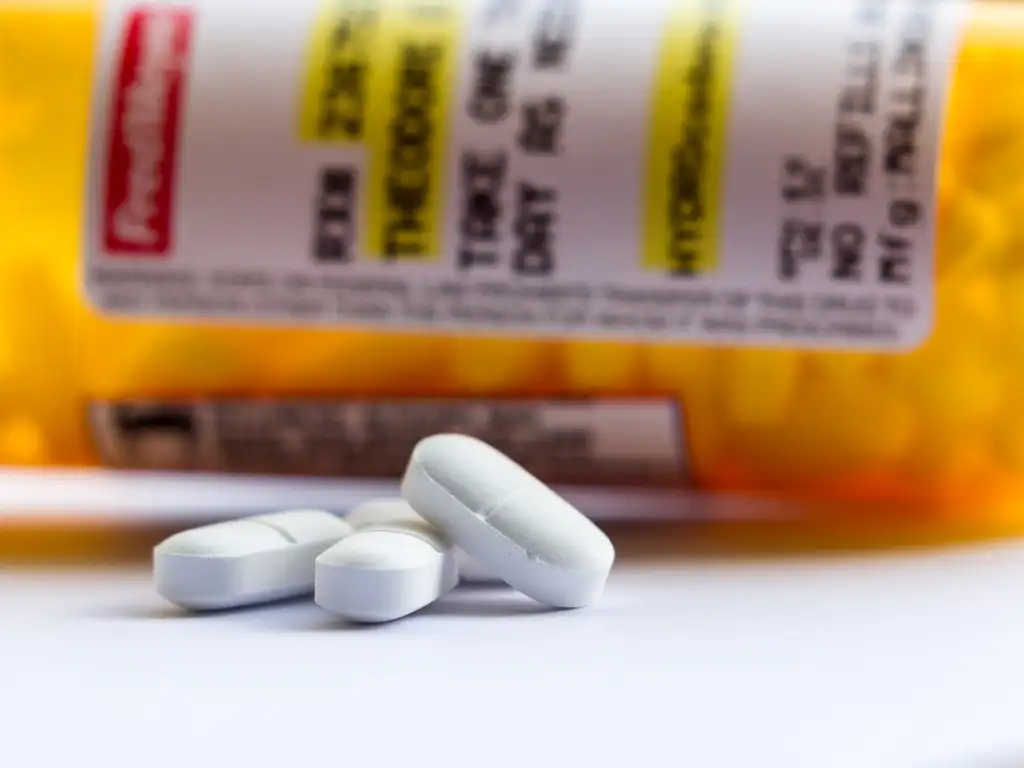
Opiate misuse refers to the unauthorized or unintended use of opioids, and includes taking a higher dose than prescribed, using the medication more frequently, or using it for non-medical purposes. Common methods of misusing prescription opioids include swallowing the medication in its prescribed form, crushing pills, or opening capsules, dissolving the powder in water and injecting the liquid into a vein, and snorting the powder. Alarmingly, approximately 80 percent of individuals who used heroin initially abused prescription opioids, highlighting the need for vigilance in detecting and addressing prescription opiate misuse.
Recognizing the signs of opiate abuse is crucial for early intervention and support. Physical signs may include drowsiness, constipation, nausea, vomiting, slowed breathing, and reduced perception of pain. Behavioral and psychological changes, such as alterations in mood, sleep patterns, appetite, and concentration, can also indicate opioid abuse. Furthermore, individuals engaging in opioid abuse may experience an intense desire to use the drug, even when it is not necessary, and face a significant risk of overdose.
In addition to physical signs, opiate abuse can also manifest as behavioral and psychological changes. Individuals may experience mood swings, alterations in sleep patterns, appetite changes, and difficulties concentrating. The presence of these signs, coupled with the intense craving for the drug, can serve as a clear indication that an individual may be struggling with opiate abuse and requires support and intervention.
Consequences of Opiate Abuse
The consequences of opiate abuse can be severe and long-lasting. Long-term effects may include osteoporosis with an increased risk of fractures, infections, cardiovascular complications, sleep-disordered breathing, bowel dysfunction, overdose, low testosterone, and mortality. Additionally, opioids may influence cancer development and cause heart issues, such as irregular rhythms, which may lead to stroke or sudden death.
The potential outcomes of an opioid overdose can be dire, resulting in coma, permanent brain damage, or death. Recognizing the signs and consequences of opiate abuse is the first step toward addressing the issue and seeking help. Early intervention and support from friends, family members, and healthcare professionals can make a crucial difference in the lives of those struggling with opiate addiction, helping them overcome their dependency and regain control of their lives.
Opiate Addiction: Risk Factors and Prevention
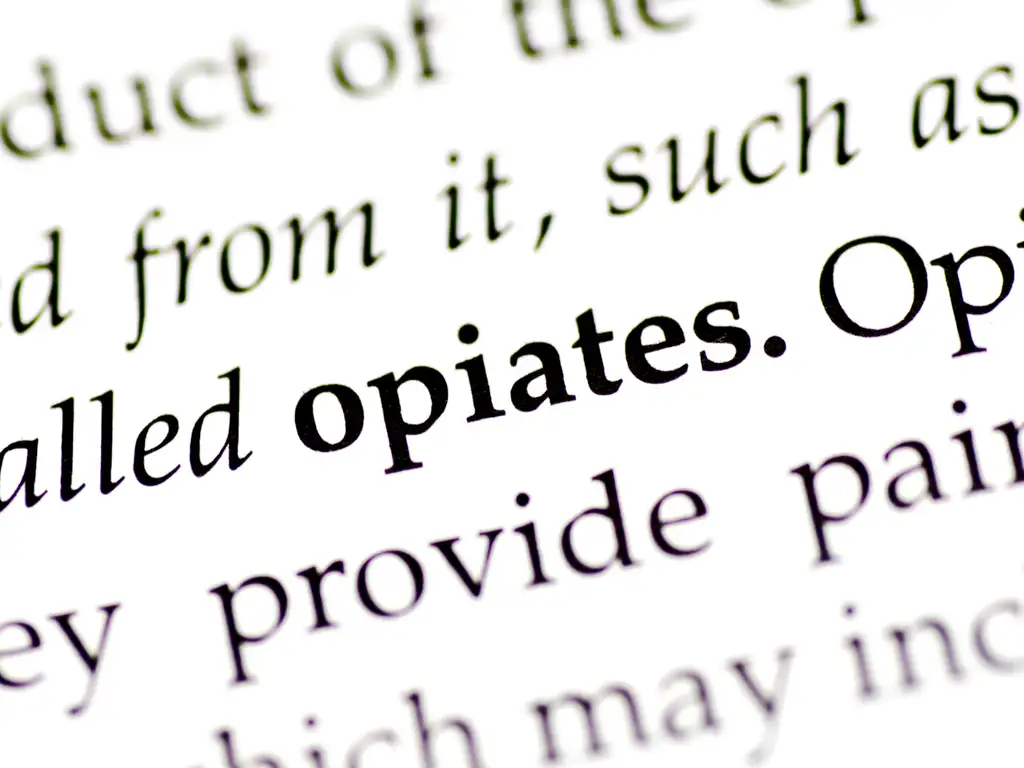
Opioid addiction occurs when the brain becomes reliant on opioids to produce endorphins, the feel-good neurotransmitters that are released upon drug use. Prolonged use of opioid medications increases the risk of addiction, especially when taken in ways other than prescribed, such as crushing a pill for snorting or injecting.
Understanding the risk factors associated with opioid addiction is crucial for prevention and early intervention. Genetic, psychological, and environmental influences all play a role in the development of an opiate addiction.
Preventative measures include limiting the use of opioids for acute pain to a maximum of three days, seeking less-addictive pain medication for chronic pain, and adhering to a physician’s instructions for prescribed opioids. By recognizing and addressing these risk factors, individuals and their loved ones can take proactive steps towards preventing opiate addiction and its devastating consequences.
Genetic, Psychological, and Environmental Influences
Genetic factors can significantly influence the development of opiate addiction. Research suggests that drug use behavior has a strong heritable component. For some individuals, this genetic predisposition may lead to quicker dependence on prescription pain relievers, increasing their risk of addiction.
In addition to genetic influences, psychological and environmental factors also contribute to the risk of opioid addiction. Factors such as chronic pain, high doses, prolonged use, and certain biological predispositions can increase the likelihood of developing an addiction.
Acknowledging and addressing these influences can aid in the prevention and early intervention of opioid addiction.
Preventative Measures
Preventing opiate addiction involves a multifaceted approach that includes both individual and community efforts. One preventative measure is limiting the use of opioids for acute pain to a maximum of three days. Additionally, seeking less-addictive pain medication and non-pharmacological therapies for chronic pain can help reduce the risk of developing an opioid addiction.
Proper storage and disposal of opioids are also essential in preventing opiate addiction. Unused opioids should be safeguarded and disposed of properly to minimize the risk of misuse and abuse.
Diagnosis and Treatment of Opiate Addiction

Diagnosing opiate addiction requires a comprehensive medical assessment, including physical examination, laboratory tests, and psychological evaluation. This assessment helps healthcare professionals determine the severity of the addiction and identify the most suitable treatment plan for the individual.
Once an opiate addiction is diagnosed, treatment options typically involve a combination of medications and behavioral therapies, which can effectively help individuals overcome their dependency and regain control of their lives. A successful treatment plan for opiate addiction addresses both the physical and psychological aspects of the condition. Medications such as methadone and buprenorphine can help alleviate withdrawal symptoms and/or manage cravings, while behavioral therapies can address depression and reduce opioid use.
By combining these approaches, individuals can work towards a successful recovery and a life free from opioid addiction.
Medical Assessment and Diagnosis
The medical assessment for opiate addiction may involve the use of recommended risk assessment tools such as the Current Opioid Misuse Measure (COMM), Opioid Risk Tool (ORT), Patient Medication Questionnaire (PMQ), and Screener and Opioid Assessment for Patients with Pain-Revised (SOAPP-R).
The Clinical Opiate Withdrawal Scale (COWS) is the tool used by health care providers that specialize in addiction medicine to manage withdrawal symptoms.
Opiate and Substance Use Disorder often requires Detoxification
The withdrawal symptoms from opioids can be intense with severe generalized muscle and joint pain, sweating, insomnia, profound restlessness, abdominal cramping, diarrhea, and intense drug craving. There are multiple medications that can be prescribed by the addiction specialist to alleviate symptoms.
A physical examination may involve assessing vital signs, such as blood pressure and heart rate, as well as inspecting the patient for indications of their level of drug tolerance. Laboratory tests may include urine or blood tests to detect the presence of opiates or other drugs. Psychological evaluation may involve interviews and questionnaires to assess the patient’s mental health and substance abuse history.
These comprehensive assessments provide healthcare professionals with the necessary information to create an effective treatment plan tailored to the individual’s unique needs.
Medication-Assisted Treatment (MAT)
Medication-Assisted Treatment (MAT) is a form of treatment for opioid drug disorders that involves the use of medications that interact with the same opioid receptors in the brain as other prescription opioids.
For pregnant women who are opioid-dependent, treatment with methadone or buprenorphine is recommended. These medications can help minimize the risks associated with opioid withdrawal for both the mother and the unborn child, and their use should be closely monitored by healthcare professionals.
By incorporating MAT into a comprehensive treatment plan, individuals can work towards a successful recovery and a life free from opioid addiction.
Behavioral Therapy

Behavioral treatments and therapy play a crucial role in the treatment of addiction, as they address the psychological aspects of the condition and help individuals develop the skills necessary for long-term recovery.
Cognitive behavior therapy assists individuals in recognizing and adjusting unhelpful behaviors and thoughts that contribute to their opioid use disorder while developing skills to manage cravings and triggers.
Other behavioral therapies, such as contingency management, couples and family therapy, and multidimensional family therapy, can also be effective in treating opiate addiction. Contingency management utilizes rewards and incentives to motivate abstinence from opioid use, while couples and family therapy focuses on addressing relationship dynamics and communication difficulties that may contribute to the addiction.
By incorporating these therapies into a comprehensive treatment plan, individuals can work towards a successful recovery and a life free from opioid addiction.
Managing Pain Safely for Recovering Opiate Addicts
Managing pain safely for recovering addicts can be a complex and challenging process, as it requires a thorough understanding of addiction and the use of non-psychotropic medications whenever possible. For some, effective pain medications and management guidelines for recovering addicts include the use of long-acting opioids and structured medication control while avoiding opioid agonist-antagonists and addressing any underlying psychiatric disorders.
Conversely, some cannot use any prescription opioids or pain medications to relieve pain as it will trigger their substance abuse. Even one opioid dose, for some recovering addicts, sends them back into the cycle of addiction. Addiction medicine doctors who work with these recovering addicts can commonly control the pain syndrome without opioids.
For chronic pain management, the recommended approaches involve the use of nonsteroidal anti-inflammatory agents for musculoskeletal or bone pain, and tricyclic antidepressants or anticonvulsants for continuous dysesthesias and chronic lancinating or paroxysmal pain.
By prioritizing patient safety and employing alternative therapies with fewer risks and side effects, healthcare professionals can help recovering opiate addicts manage their pain effectively, without jeopardizing their hard-won progress towards recovery.
Acute Pain Management
Acute pain management for recovering addicts involves striking a delicate balance between providing effective pain relief and minimizing the risk of relapse. To achieve this, healthcare professionals should consider nonopioid and nonpsychotropic pain relief treatment options whenever possible. When these measures are insufficient, the use of prescription opioids and other psychotropic medications may be justified, but they should be carefully monitored and prescribed in the lowest effective dose to minimize the risk of addiction.
In addition, healthcare professionals should avoid using agonist-antagonist drugs, such as pentazocine, nalbuphine, and butorphanol, as they can precipitate an opioid withdrawal syndrome in active addicts. By adhering to these guidelines and working closely with patients to monitor their pain and medication use, healthcare providers can help ensure safe and effective acute pain management for recovering opiate addicts.
Chronic Pain Management

Chronic pain management for recovering opiate addicts requires a comprehensive approach that incorporates both pharmacological and non-pharmacological treatment options. Nonsteroidal anti-inflammatory agents are the first-line treatments for musculoskeletal or bone pain. Such therapies help to reduce inflammation and pain.
In addition to these pharmacological treatments, non-pharmacological therapies and alternative pain management techniques can also play a vital role in helping recovering addicts manage their chronic pain safely. By exploring a range of treatment options and working closely with healthcare professionals, recovering opiate addicts can effectively manage their chronic pain without jeopardizing their progress towards a life free from opioid addiction.
Summary
In conclusion, understanding opiate addiction in 2023 requires recognizing the causes, symptoms, and treatment options associated with this complex and devastating condition. By educating ourselves on the nature of opiates, their effects on the body and brain, and the various risk factors and preventative measures, we can take a proactive stance against this epidemic. With early intervention, comprehensive treatment plans, and safe pain management strategies, individuals struggling with opiate addiction can find hope, healing, and the opportunity to reclaim their lives. Together, we can make a difference in the fight against opiate addiction and pave the way towards a brighter, healthier future for all.
Finding Help at La Hacienda Treatment Center
La Hacienda has been helping alcoholics and addicts find recovery since 1972. We have seen many opioid overdose survivors believe they were destined to follow the old saying – “Once and addict always an addict”. Our staff believes differently. From our addiction medicine doctors to our caring clinical staff, we believe anyone who is ready can have a life altering experience and change their ways.
With access to medical care seven days a week, proven approaches, our treatment services speak for themselves with active alumni and a stellar reputation.
If you or a loved one need help. Reach out to La Hacienda today.
Frequently Asked Questions
What are some opiate drugs?
Opiate drugs are narcotic substances that act on the body’s opioid receptors and include prescription medications such as morphine, codeine, oxycodone, and hydrocodone, as well as illegal drugs like heroin.
These drugs have powerful pain-relieving properties but can also be highly addictive.
What opiates occur naturally in the body?
The beta endorphins are our natural opioids that bind to specific opioid receptors in the body and brain to reduce the intensity of pain signals, providing relief from pain and creating a feeling of wellbeing.
These chemicals interact with the body’s opioid receptors, which are located in the brain, spinal cord, and gastrointestinal tract. When these receptors are activated, they reduce the intensity of pain signals and create a feeling of wellbeing. This can help reduce the amount of pain a person experiences and provide relief from chronic pain.
Which opiates are used as painkillers?
All prescription opioid drugs are effective for pain relief. The most-prescribed opioids for pain include hydrocodone, codeine, oxycodone, and tramadol. Fentanyl and morphine are used for severe pain seen with acute trauma or cancer-related pain.
What drugs are opioids?
Opioids are a powerful and potentially dangerous class of drugs that include both the illegal drug heroin as well as prescription pain relievers, such as oxycodone (Oxycontin), hydrocodone (Vicodin), codeine, morphine, fentanyl, and many others.
These drugs are used to treat moderate to severe pain, but they can also be highly addictive and have serious side effects. They can be taken orally, injected, or inhaled. When taken in large doses or for extended periods of time, opioids can lead to physical dependence and addiction.
Sources:
https://www.ncbi.nlm.nih.gov/pmc/articles/PMC315480/
https://www.asahq.org/madeforthismoment/pain-management/opioid-treatment/what-are-opioids/
https://nida.nih.gov/publications/drugfacts/prescription-opioids
